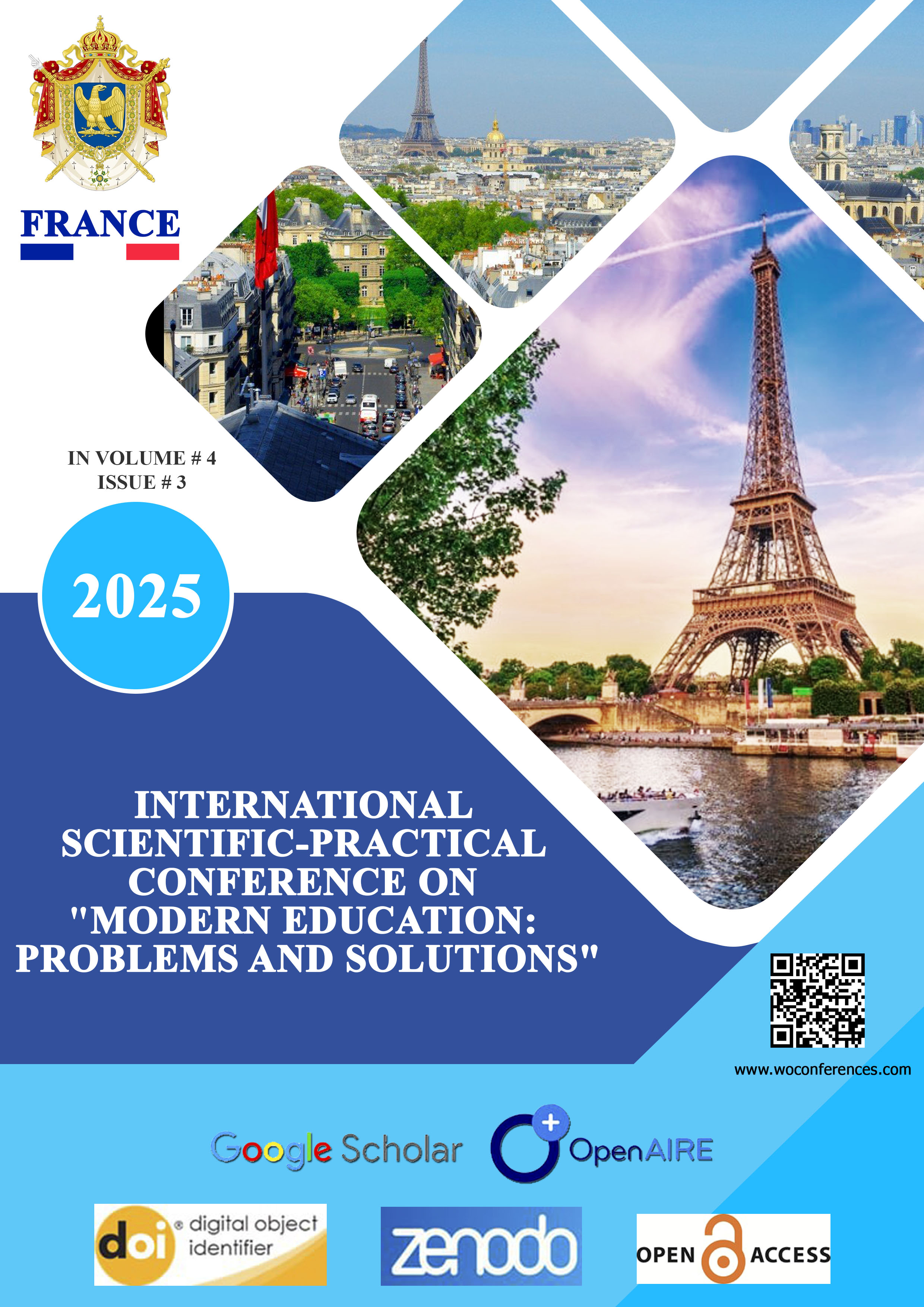TASK-BASED VIDEO PROJECTS FOR ENHANCING COLLABORATIVE SPEAKING AND WRITING SKILLS
Abstract
This article explores the pedagogical value of task-based video projects in developing collaborative speaking and writing skills in English as a Foreign Language (EFL) classrooms. Grounded in Task-Based Language Teaching (TBLT) principles, video projects offer a dynamic, student-centered approach that integrates real-world communication with multimedia production. Through tasks such as scriptwriting, storyboarding, filming, and post-production, learners are actively engaged in meaningful interaction, negotiation of meaning, and co-construction of texts. These processes foster not only linguistic competence but also critical soft skills like teamwork, creativity, and digital literacy. Drawing on recent empirical studies and classroom-based case examples, the article demonstrates how such projects create authentic contexts for language use, promote learner autonomy, and increase motivation. The findings indicate that task-based video projects significantly enhance both spoken fluency and written coherence when implemented with structured guidance and collaborative planning. The article concludes with practical recommendations for integrating video tasks into EFL curricula to maximize their communicative and educational potential.
Key Words
task-based learning, video projects, collaborative learning, speaking skills, writing skills, EFL classroom, language production, student engagement, digital literacy, project-based language teaching
References
1. Choi, M., & Yi, Y. (2016). Facilitating spoken fluency with collaborative video projects in the EFL classroom. TESOL Journal, 7(4), 900–922.
2. Cope, B., & Kalantzis, M. (2009). “Multiliteracies”: New literacies, new learning. Pedagogies: An International Journal, 4(3), 164–195.
3. Hafner, C. A. (2014). Embedding digital literacies in English language teaching: Students’ digital video projects as multimodal ensembles. TESOL Quarterly, 48(4), 655–685.
4. Hafner, C. A., & Miller, L. (2011). Fostering learner autonomy in English for science: A collaborative digital video project in a technological learning environment. Language Learning & Technology, 15(3), 68–86.
5. Hillyard, S. (2013). Video projects and language learning in the CLIL classroom. Latin American Journal of Content and Language Integrated Learning, 6(2), 1–17.
6. Lee, L. (2020). Using video creation projects to develop learners’ communicative competence in the EFL classroom. Computer Assisted Language Learning, 33(8), 858–882.









